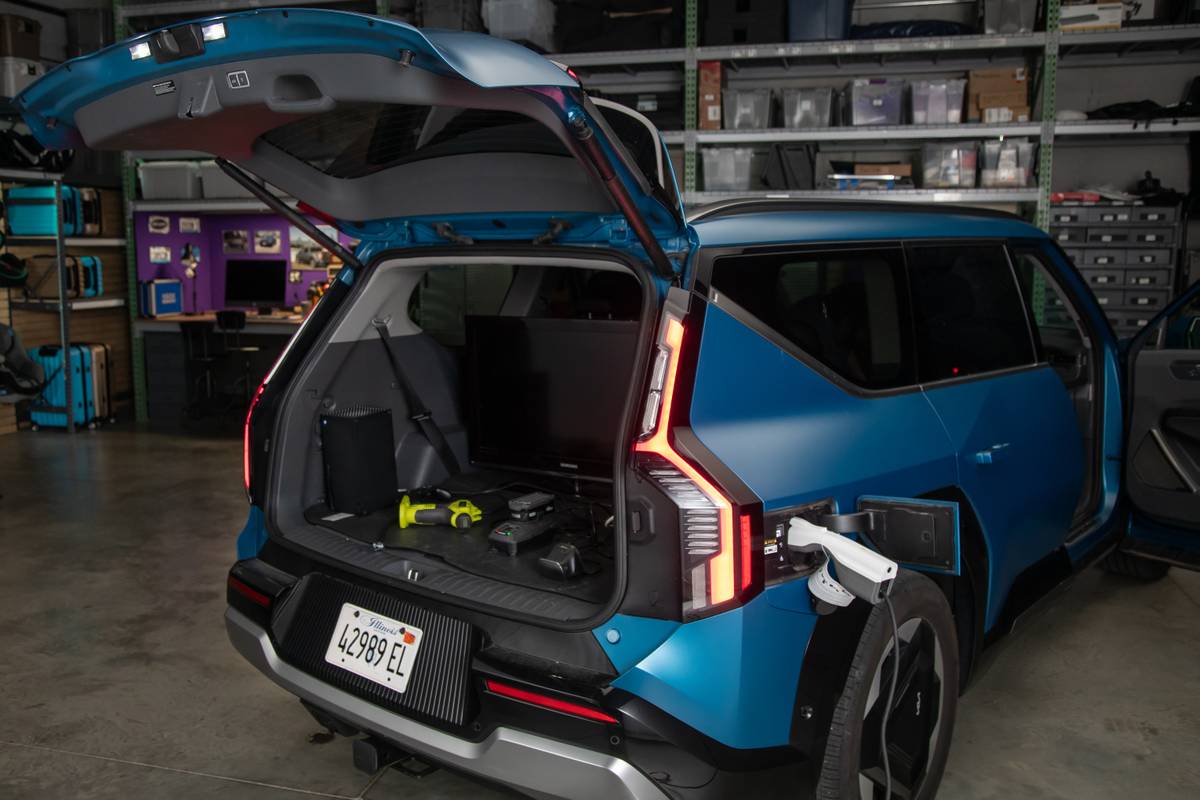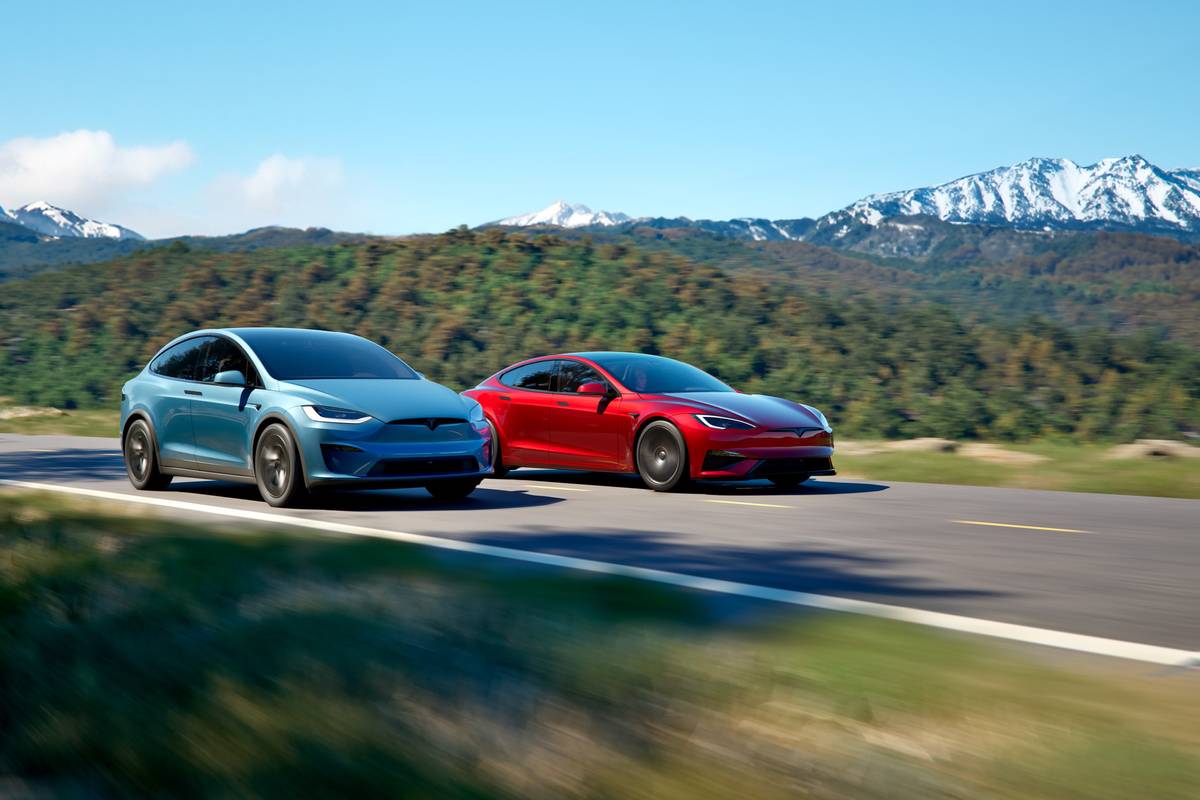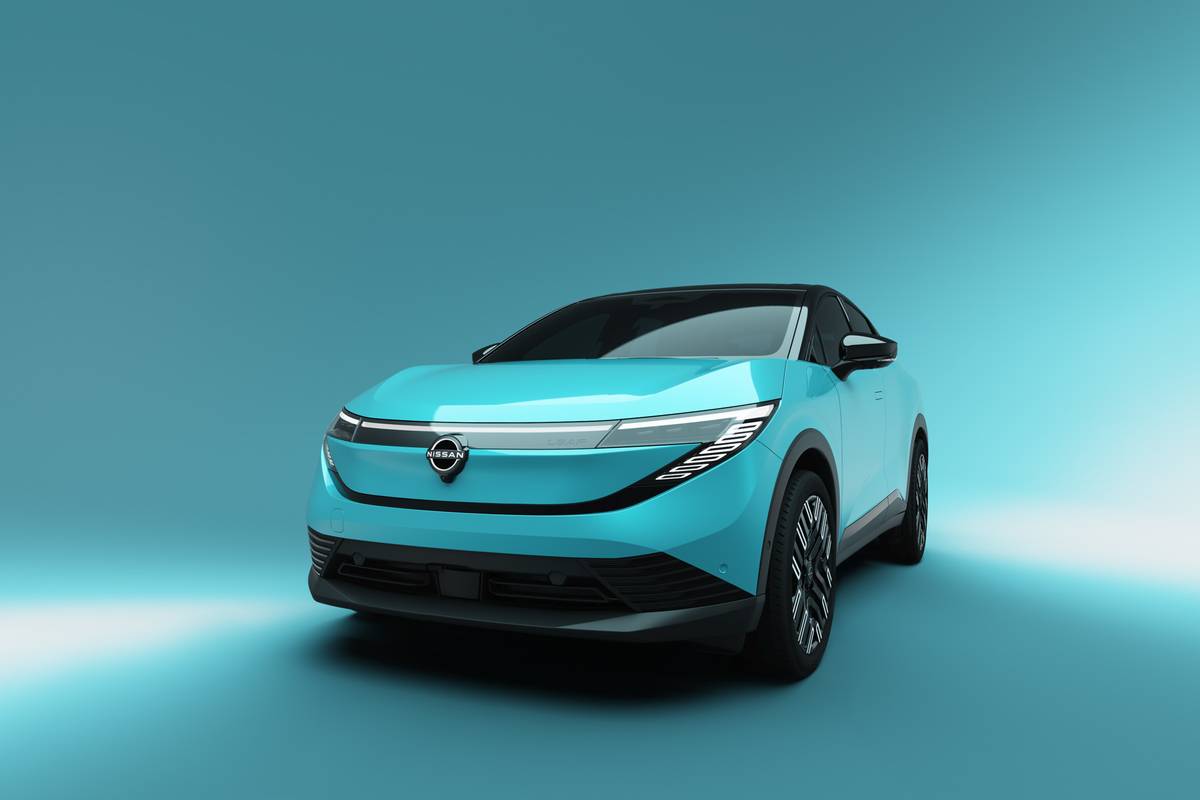Boston.com's view
American by design, German by engineering
Chrysler Corp. is a company that, under new German ownership, is trying to redefine itself. It will do so by launching as many as 25 vehicles in the next three years. Among them is the 2004 Chrysler Crossfire, the first rubber-to-roof product to come from DaimlerChrysler.
The Crossfire is the answer to the question: What do you get when you stretch American steel over German bones?
The Crossfire is an American-designed body sitting atop German engineering, in this case a rounded wedge of a two-seater riding atop the platform of the Mercedes SLK roadster. Not a bad match.
From the big-wing Chrylser emblem atop a latticed grille to its hulking rear, the Crossfire appears a car ready to pounce. Part of that effect, besides the obvious body style, is because it rides atop a combination of 18-inch wheels in the front and 19-inch wheels in the back.
This is a two-seat, rear-wheel-drive offering that, while it may look like a hot sports car, is in this version more of a highway cruiser, albeit as stiff a cruiser as I have encountered.
I say this because I think the platform and body design/rigidity actually outperform the capabilities of the engine. That engine is an aluminum block Mercedes-Benz V-6 that produces 215 horsepower — acceptable, but there are Asian V-6s out there with another 50 horsepower sitting in relatively sedate sedans. Heck, there’s a 4-cylinder Honda with 25 more horsepower.
The engine is mated to either a six-speed manual or, as tested, a five-speed automatic with manual click-up-and-down option. The six-speed manual has not had good reviews, and I found the automatic to shift up sooner than I would like. The manual option, however, was a quick-click sure performer and probably the best of the three variations.
I found the Crossfire to be a swift, stable cruiser on the highway, feeling confidently heavy (amazing trait for a 3,000-lb.car) and sure at high speed.
On twisting roads, it was knifelike in cornering with only a bit of understeer and slight body roll. Only by turning off the stability control could I make the rear kick out — only a little bit because the power is just not there to toss the back around.
The car’s stiffness comes from what has been called a “railroad trestle” frame. Its ride depends on an independent control arm, coil spring, anti-roll bar setup in the front, and, in the rear, a multilink system with coil springs and anti-roll bar.
The rigidity and stiff-biased tuning of the suspension system made for the fine performance on highway and in hard cornering, though it did allow for a little rear-end hop if that cornering was done on choppy pavement.
Four disc brakes, just under a foot in diameter, coupled with ABS, stopped the Crossfire as straight and true as a dart in a pub.
Inside, with obvious use of par ts from the Mercedes-Benz bin, the car is elegantly simple. A satin aluminum finish graces the center control stack, where climate and audio controls are thankfully simple, big, and easy to understand and use. The leather twin bucket seats were firm and enveloping and I rode in the confidence that I was protected by front and side airbags.
The complaints I have about the interior have to do with vision and space.
Legroom is a bit tight, vertically and horizontally. I’m not tall, so the reach to the pedals was fine for me, but I can imagine a driver 6 feet 2 inches or taller feeling a bit squished. And even for me, the side-to-side leg space in the driver’s compartment was a bit tight, especially for my right leg, which rubbed constantly against the center stack.
In addition, while the front and side views were very nice for such a low-ceilinged car, the rear views were, well, let’s just say you’d have to become very confident in your side mirrors. T at’s because the rear pillars block a good bit of view. I found myself leaning my head almost onto the dash to look back and to the right at certain stop signs. Further, the rear window is a slit of a thing, with vision further obscured when the rear spoiler is deployed, either manually or automatically as the car approaches 60 miles per hour.
Chrysler’s plan is to build around 20,000 Crossfires per year in the same German plant that once produced the Mercedes-Benz CLK (that production has been moved elsewhere). Almost all of those will be for US sales, with only a couple thousand targeted for Europe.
Latest news



